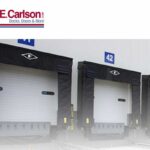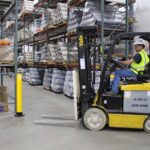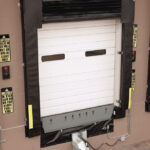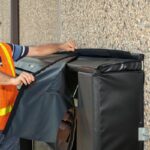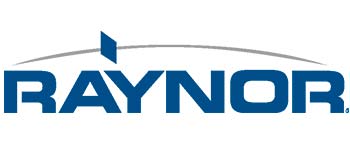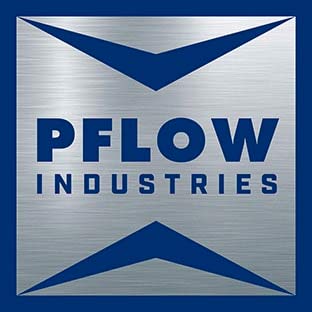A painted yellow line on the floor might meet minimum safety requirements, but it doesn’t stop a forklift from veering off course, prevent a pedestrian from wandering into a hazardous area, or protect expensive equipment from accidental impacts. In fast-paced industrial environments where forklifts, heavy machinery, and workers share the same space, physical barriers provide the protection that paint simply can’t deliver.
The Real Cost of Inadequate Protection
When safety measures fall short, the consequences add up quickly. Equipment damage can halt operations for hours or days while you wait for repairs. Worker injuries lead to disability claims, lost productivity, and potential OSHA violations. Even minor collisions with machinery or infrastructure can result in thousands of dollars in damage. Without physical barriers in place, you’re leaving your facility, equipment, and most importantly your employees vulnerable to preventable accidents.
Polymer Barriers: Strength Without the Maintenance
Modern polymer barriers offer a smart alternative to traditional steel systems. GuardRite Polymer Barriers and GuardRite Polymer Bollards are made from impact-modified polypropylene that absorbs collisions and returns to its original shape without scratches or dents. This means less maintenance, fewer repairs, and lower long-term costs compared to steel barriers that require constant touch-ups and replacements.
Available in light-duty and heavy-duty models, these polymer systems can handle impacts up to 12,000 pounds while protecting pedestrians, equipment, products, and infrastructure. The optional bottom rail assembly on select models provides ground-level protection, preventing pallet pass-through and fork tine damage to walls, machinery, and stored products.
Protecting High-Risk Areas
Some areas of your facility require specialized protection. Loading docks with vacant openings pose serious fall hazards, and drop-off protection systems create physical barriers that prevent employees and equipment from accidentally driving or walking off the edge. These guardrail systems reduce disability claims and protect against costly product damage from falls.
For areas that need flexible access control, area protection barriers help define work zones, restrict access to hazardous areas, and guide traffic flow throughout your facility. These systems can be configured to match your specific layout and operational needs, whether you’re separating pedestrian walkways from forklift traffic or protecting sensitive equipment.
Creating a Safer, More Organized Facility
Physical barriers do more than prevent accidents—they help optimize your entire operation. By clearly defining work areas and traffic patterns, barriers improve organization and efficiency. Workers spend less time navigating around each other, inventory stays where it belongs, and equipment operates in designated zones. The result is a facility that runs more smoothly while keeping everyone safer.
Investing in barrier systems isn’t just about meeting safety standards—it’s about protecting your most valuable assets: your people and your equipment. With the right barriers in place, you create a safer work environment, reduce costly accidents, and build a more efficient operation.Ready to upgrade your facility’s safety systems? Contact W.E. Carlson to discuss barrier solutions tailored to your specific needs.


